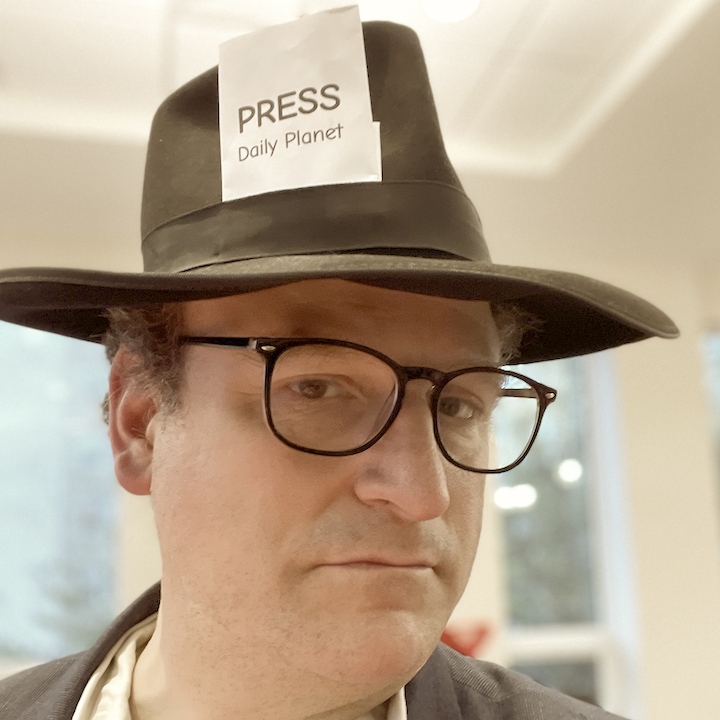imaginary family values presents
yesh omrim
a blog that reclines to the left

Putting the financial system in the red
29 November 2011
Yesterday, Fred Wilson, a prominent New York venture capitalist, had some kind words for Bitcoin, the crypto-currency that is “mined” by computers solving progressively harder math problems:
We are quite taken with the idea of a currency that is not controlled by governments and central bankers and that is based on faith in an algorithm and a network instead of the “full faith and credit” of a country.
Then a friend of mine remarked that the place where she gives blood rewards her with “points”, which in turn can be redeemed for Wal-Mart gift cards. And then it hit me: the true anarcho-currency for the 21st century—
BLOODCOIN.
As an asset to link to currency, transfusable human blood has a very convenient property: its supply is roughly proportional to the population, instead of being fixed for all time (Bitcoin), fluctuating with the vagaries of mining technology (gold), or subject to the whim of a central bank (fiat). Of course, it has a very inconvenient property, too: it is perishable. But we can work around this.
Given a blood bank b, a type t and a date d, the bloodcoin C(b, t, d) can be redeemed at b for one unit of type-t whole blood that was made available for transfusion on or before d. A bloodcoin, like a Chinese moon cake voucher, is worthless if you sit on it too long: refrigerated blood can only keep for about three weeks. So if you want to hold a bloodcoin as a store of value, you want d to be as late as possible. But blood banks release their supply in LIFO order, so if you need actual blood for a transfusion, and the bank has some blood left over from yesterday, a bloodcoin dated yesterday is just as good as a bloodcoin dated today.
So once bloodcoins are established, we can set up a spot market, where health-care institutions buy the oldest coins that are backed by specie in the fridge, blood banks issue new coins to keep up with each day’s donations, and middlemen buy and sell for all the days in between. If you just want to keep a balance in your checking account, your broker can just keep rolling over your coins, trading in yesterday’s bloodcoins for today’s as necessary, in the same way that a money-market manager will juggle CDs of different maturities. The free market would no doubt settle on one blood type as a reference benchmark, and use it as the basis for quoting other blood types, not to mention other commodities.
All we need is a trusted auditor to certify the purity and safety of each blood bank’s reservoir, and voila! a currency backed by a truly valuable natural resource. As an added bonus, during recessions, we can expect a certain loosening of the money supply, since there will be more people willing to, shall we say, cash in their crimson. It’s a monetary reform that Austrians, Keynesians, and bleeding-heart liberals can all unite behind.
If Mr. Wilson or the American Enterprise Institute or Dr. Rand Paul wants to take me on as a consultant, I’m sure we can come to some mutually satisfactory arrangement. Heck, I’m not just sure, I’m A-positive.